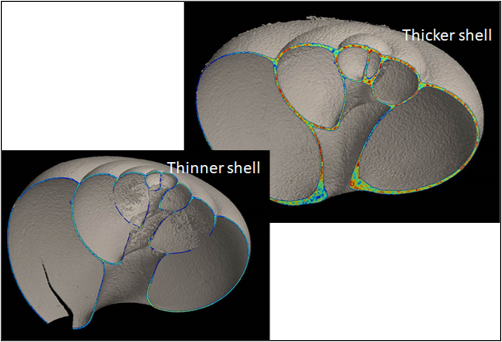Acidification modeling work probing whether management scenarios could mitigate ecological effects

SCCWRP and its partners have begun investigating whether Southern California’s water-quality management community could mitigate the ecological effects of coastal ocean acidification and hypoxia (OAH) by investing in a combination of nutrient reduction strategies and wastewater recycling practices.
The work began last fall when researchers ran computer modeling simulations for eight different management scenarios on a supercomputer – a data-intensive simulation that took about four months.
The coastal OAH modeling tools were originally developed by a team of West Coast researchers that includes SCCWRP to examine how OAH will change coastal seawater chemistry in the coming years, including reducing the availability of dissolved oxygen and biologically important seawater minerals.
With the eight OAH simulations complete, researchers are now applying a suite of newly developed OAH biological assessment tools to the modeling results to examine if one or more of the eight management intervention scenarios could be expected to reduce OAH’s effects on sensitive marine life.
The results are expected to be shared with project stakeholders this summer.
More news related to: Climate Change, Eutrophication, Ocean Acidification and Hypoxia